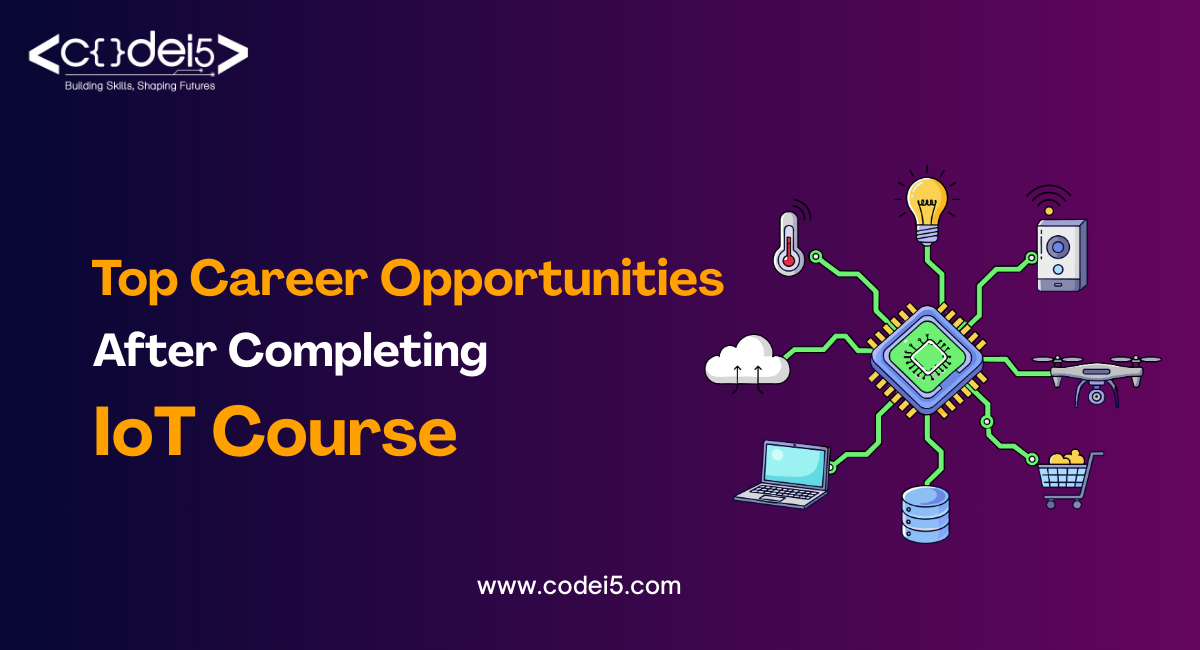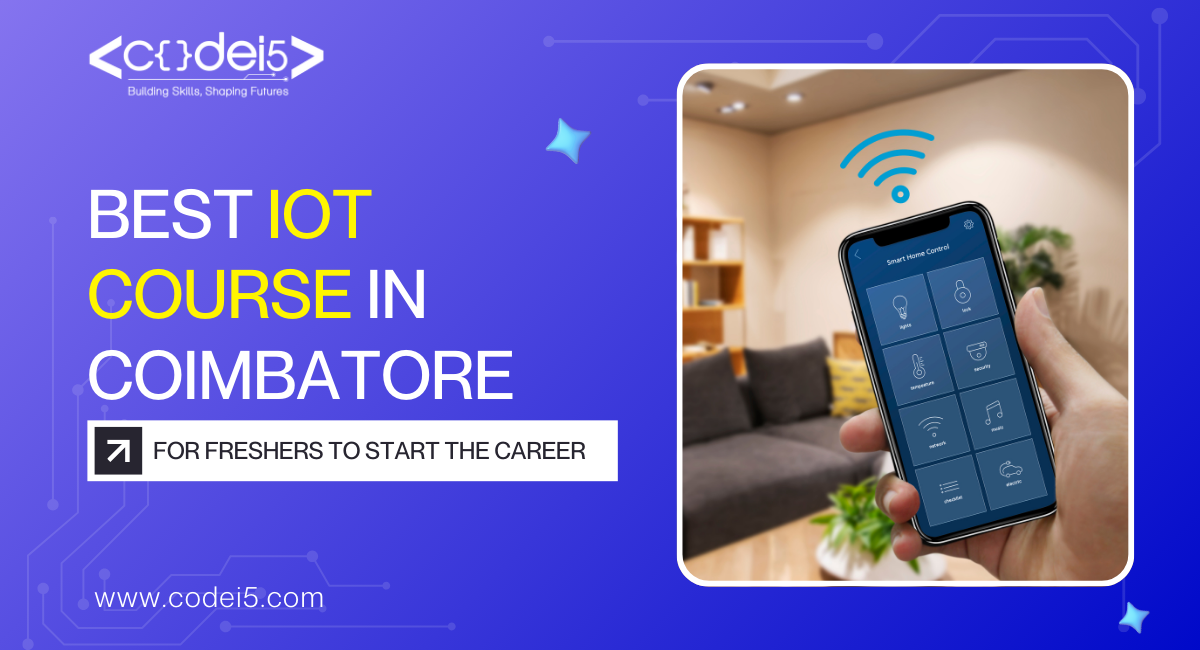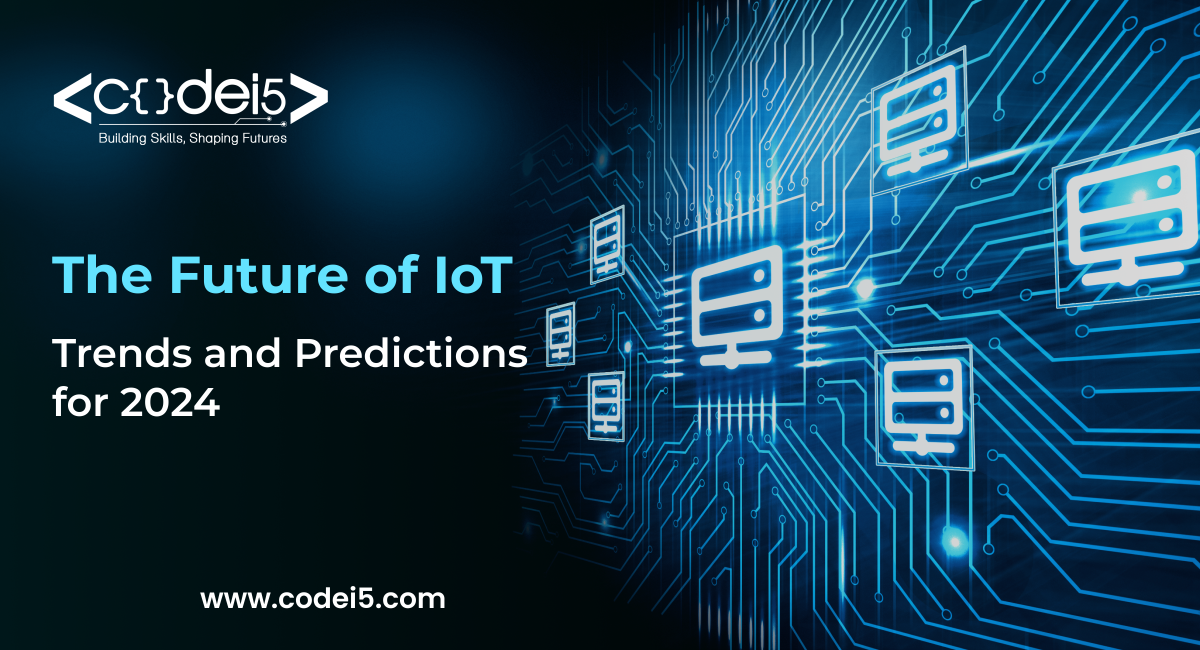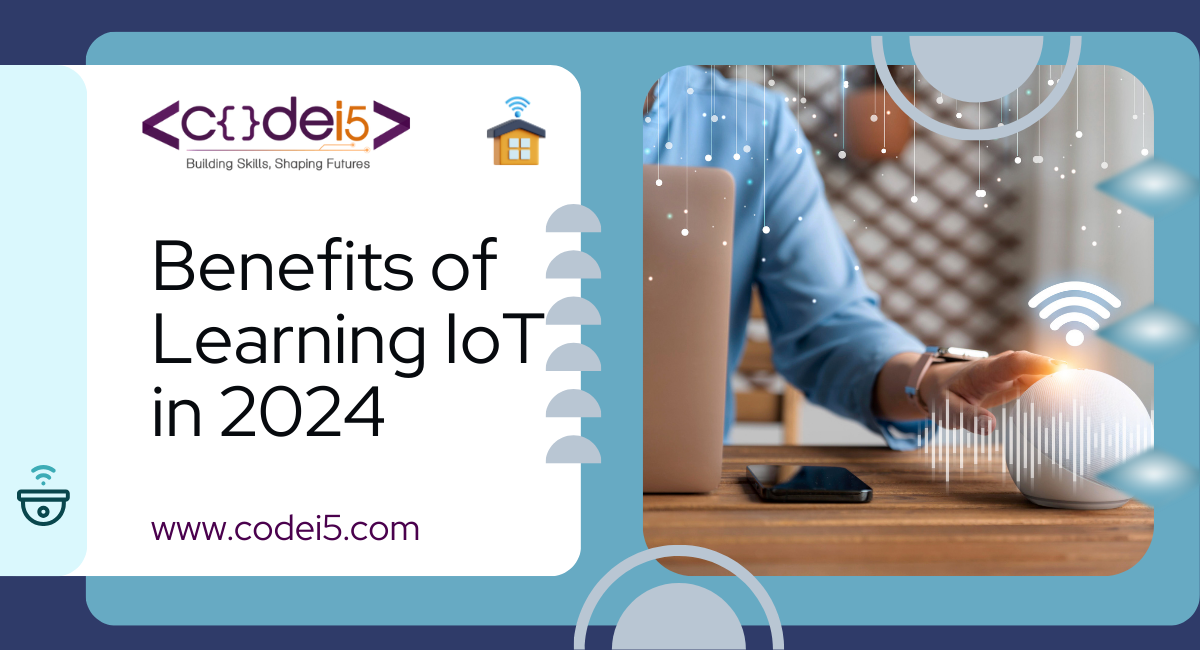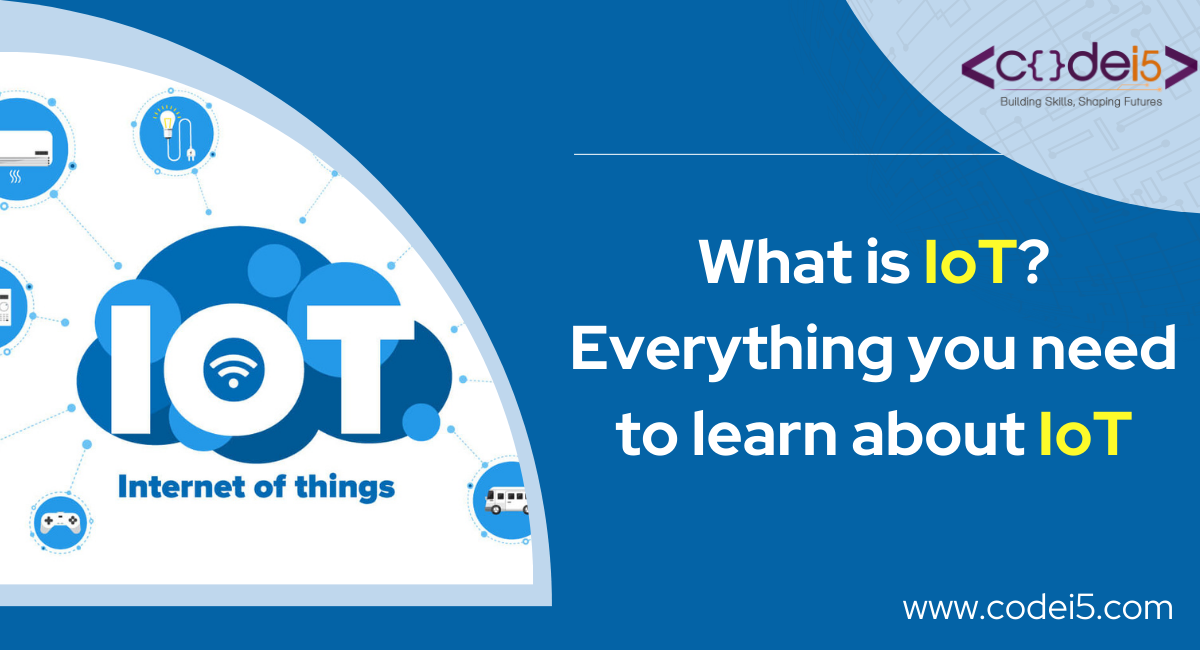
Greetings from the age of connectedness, in which commonplace items are becoming more intelligent and linked than in the past. “IoT” stands for the Internet of Things, the catchphrase of the modern digital age. However, what is IoT exactly, and why is it important? Gaining a comprehensive understanding of IoT security is essential, as it guarantees the defence of networked devices and systems against possible cyberattacks, promoting a dependable and secure digital environment. As we explore the definition, uses, and revolutionary effects of the Internet of Things on our everyday lives, be ready to go on a voyage of discovery. Join us as we explore all there is to know about the intriguing world of IoT, from smart homes to industrial landscapes, and unleash the possibilities of a connected future. Prepare to be astounded, informed, and motivated as we help you understand the complexity of IoT.
How does IoT work?
The Internet of Things (IoT) allows commonplace physical objects to be connected to the Internet to share and gather data. This continuously connected network of devices exchanges information in real-time and offers automation, increased efficiency, and real-time information.
Below is a condensed synopsis of the Internet of Things:
Sensors and Devices: Physical items or devices with integrated sensors, actuators, and other technology are the foundation of the Internet of Things. These gadgets might be anything from basic refrigerators and thermostats for the home to intricate industrial gear.
Data Collection: The sensors of these gadgets collect information from their environment. Depending on the device’s intended use, this data may include location, movement, temperature, humidity, and other pertinent variables.
Connectivity: Afterwards, a central processing system receives the gathered data via various connectivity methods, including cellular networks, Wi-Fi, Bluetooth, and other communication protocols. The gadgets can send data over the Internet thanks to this connectivity.
Data processing: The data is processed and analyzed as soon as it enters the cloud or the central system. This process makes decisions by analyzing the gathered data to extract significant insights and find trends.
Decision-Making and Action: The Internet of Things system can decide or initiate actions based on its data processing. A smart thermostat might change the temperature in response to human behaviour patterns that teach it about their preferences. IoT systems have the potential to foresee maintenance needs, optimize resource utilization, and automate activities in industrial settings.
User Interface: Many Internet of Things apps have an interface that lets users monitor and manage linked devices. This interface can be a web dashboard or a mobile app. Users can select preferences, get real-time updates, and take necessary action.
IoT systems frequently have a feedback loop in place. The system gathers fresh data from its actions and feeds it into it to refine decision-making procedures and continuously adjust to changing circumstances.
In conclusion, the Internet of Things empowers devices to gather, send, and interpret data, promoting automation and well-informed decision-making. The objectives are enhancing productivity, enhancing user experiences, and building a more intelligent and connected environment across a range of sectors and everyday situations.
What is Industrial IoT?
Industrial IoT (IIoT) is bringing advanced technology into the core of manufacturing, energy, healthcare, and other industries, transforming conventional industrial operations. Fundamentally, IIoT entails establishing a network connection between industrial machinery, sensors, and devices to facilitate smooth data flow and communication.
These devices provide real-time data that can be used for predictive maintenance, process automation, and operational improvement. IIoT is revolutionizing industries by offering never-before-seen production levels, efficiency, and safety. Organizations may improve decision-making, save downtime, and save a lot of money by utilizing connection and data analytics. The Industrial Internet of Things (IIoT) completely changes the industrial environment, which provides a vision of a time when intelligent, networked systems will spur innovation and strive for operational excellence.
How can IoT improve our lives?
The Internet of Things (IoT) promises to revolutionize several areas of our lives by integrating innovative technologies and connectivity into commonplace products. IoT devices can drastically improve our lives by automating processes, generating more individualized and practical experiences, and offering real-time information. These devices range from smart home gadgets to healthcare monitors. Enrolling in an IoT course is a fantastic method to obtain in-depth knowledge and practical experience in comprehending the nuances of Internet of Things technologies and applications. IoT can improve our lives in several ways, including these:
Smart Homes: The Internet of Things allows the building of networked appliances, lights, and security cameras. This makes automation, remote monitoring, and energy efficiency possible, enhancing living quarters’ comfort and convenience.
Healthcare: Smart medicine dispensers, wearable vital sign monitors, and remote patient monitoring are examples of IoT uses in the field. Improved general well-being, early medical issue detection, and better health management are all possible outcomes of this technology.
Transportation: Real-time navigation systems, intelligent traffic management, and linked cars are examples of IoT in vehicles. This may result in less traffic, safer roads, and more effective transit networks.
Intelligent Cities: By integrating IoT into urban infrastructure, cities may improve public safety, energy efficiency, and trash management, among other services. Intelligent city efforts aim to enhance citizens’ living standards by implementing responsive city planning and effective resource management.
Energy Efficiency: By enabling intelligent meters, smart grids, and residential energy management systems, IoT helps save energy. With these technologies, people and businesses may better track and manage their energy use, resulting in cheaper energy costs and a minor environmental effect.
The Internet of Things (IoT) has the potential to improve the efficiency, safety, and enjoyment of our everyday routines by seamlessly integrating technology into numerous parts of our lives. The Internet of Things ecosystem is expected to have an even more significant positive impact on our lives as it develops.
What are IoT Technologies?
Wireless Technologies: For flexibility and convenience of deployment, wireless connectivity is frequently used by Internet of Things devices. Technologies like Wi-Fi, Bluetooth, Zigbee, Z-Wave, and LoRaWAN are commonly utilized for various Internet of Things applications.
Edge Computing: Edge computing involves processing data closer to the source (on the edge devices) instead of relying exclusively on cloud computing. This lessens the requirement for continuous internet connectivity, lowers latency, and enhances real-time processing.
Cloud computing: IoT device data generates vast volumes of data, which cloud platforms store, process, and analyze. Scalable and secure infrastructure is provided for Internet of Things applications by cloud computing services such as AWS IoT, Microsoft Azure IoT, and Google Cloud IoT.
IoT Gateways: These gadgets aggregate data, process simple, and guarantee safe connectivity as go-betweens between IoT devices and the cloud. Gateways facilitate communication between contemporary IoT architectures and legacy systems.
Collectively, these technologies build a strong and linked Internet of Things ecosystem that improves our lives in many ways, from smart cities and homes to healthcare and industrial automation.
Conclusion:
In summary, the Internet of Things (IoT) is a revolutionary force changing how we engage with the environment. The Internet of Things (IoT) connects and empowers the items in our lives through digital threads, from essential home appliances to intricate industrial systems. Joining a respectable training institution can help people gain knowledge in this quickly developing industry by guiding them through the complexities of IoT technologies and applications. By grasping the fundamentals of IoT, we pave the way for a day when data, connectivity, and intelligence work together to drive us toward previously unimaginable progress and a more intelligent, connected, and productive society.


